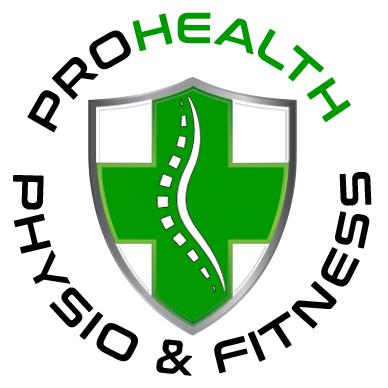Poor posture isn’t just about how you look, it’s a major contributor to everyday aches and chronic pain. At PROHEALTH PHYSIO & FITNESS (EP), we help you move better, feel stronger, and live pain-free by focusing on one of the most overlooked aspects of health: your posture.
Read more: Improve Your Posture, Reduce Your PainThe Hidden Costs of Poor Posture
Slouching at your desk or hunching over your phone might seem harmless, but over time, poor posture can lead to:
- Constant neck, shoulder, and back pain
- Tension headaches and fatigue
- Reduced flexibility and mobility
- Poor circulation and breathing
- Long-term spinal issues
Common Postural Issues We See
Our physiotherapists regularly treat posture-related conditions such as:
- Forward Head Posture – when your head juts forward, straining your neck
- Rounded Shoulders – often caused by prolonged desk work
- Kyphosis – excessive upper back rounding
- Anterior Pelvic Tilt – when your hips tilt forward, stressing your lower back
5 Simple Ways to Improve Your Posture
1. Book a Postural Assessment
Start with a professional evaluation. Our team will identify imbalances and create a personalized plan to correct them.
2. Strengthen Your Core
A strong core supports your spine. We offer tailored fitness programs to build abdominal and back strength.
3. Stretch Tight Muscles
Tight hips, chest, and hamstrings can pull your body out of alignment. Our physiotherapists guide you through effective stretches.
4. Fix Your Ergonomics
We’ll help you adjust your workspace—chair height, screen position, and more—to support healthy posture.
5. Move Mindfully
Learn how to walk, sit, and lift with proper alignment to prevent strain and injury.
Our Posture-Focused Services
At PROHEALTH PHYSIO & FITNESS (EP), we offer:
- Postural Correction Programs
- Clinical Pilates
- Remedial Massage
- Functional Movement Screening
- One-on-One Physiotherapy
Each service is designed to relieve pain, restore balance, and prevent future problems.
Improving Posture to Avoid Pain – We provide information below that outlines appropriate posture guidelines:
SITTING POSTURE
Avoid slouching or hunched positions
- Correct sitting setup is important. Ankles, knees, hips and elbows should be aligned at 90 degrees. Maintain the natural curvature of the spine with lower back support if needed.
- Widen the collar bones/ clavicles
- This simple cue will help position the shoulder blades (scapular) into a relative neutral position. The cue to ‘pull’ the shoulders back and down is often instructed to correct posture, however by excessively positioning the shoulders into this position, flaring of the rib cage can occur, affecting the back and neck negatively.
- Think ‘tall’
- Imagine a helium balloon, attached to the crown (top) of your head, lifting your head and neck vertically. This movement should help the chin ‘tuck’ backwards along a horizontal plane.
- Note: if you are growing a second or third chin this indicates your tilting your head down, not backwards. This is the incorrect position.

Why Choose PROHEALTH PHYSIO & FITNESS (EP)?
We combine expert physiotherapy with personalised fitness coaching. Our mission is to help you move better, feel stronger, and live pain-free, starting with your posture.
Ready to Feel Better?
Take the first step toward better posture and a pain-free life.
Book your postural assessment today at prohealthphysiofitness.com.au or call us to schedule your visit.
Source: Healthline
Title: 12 Exercises to Improve Your Posture
Read time: 5 mins

